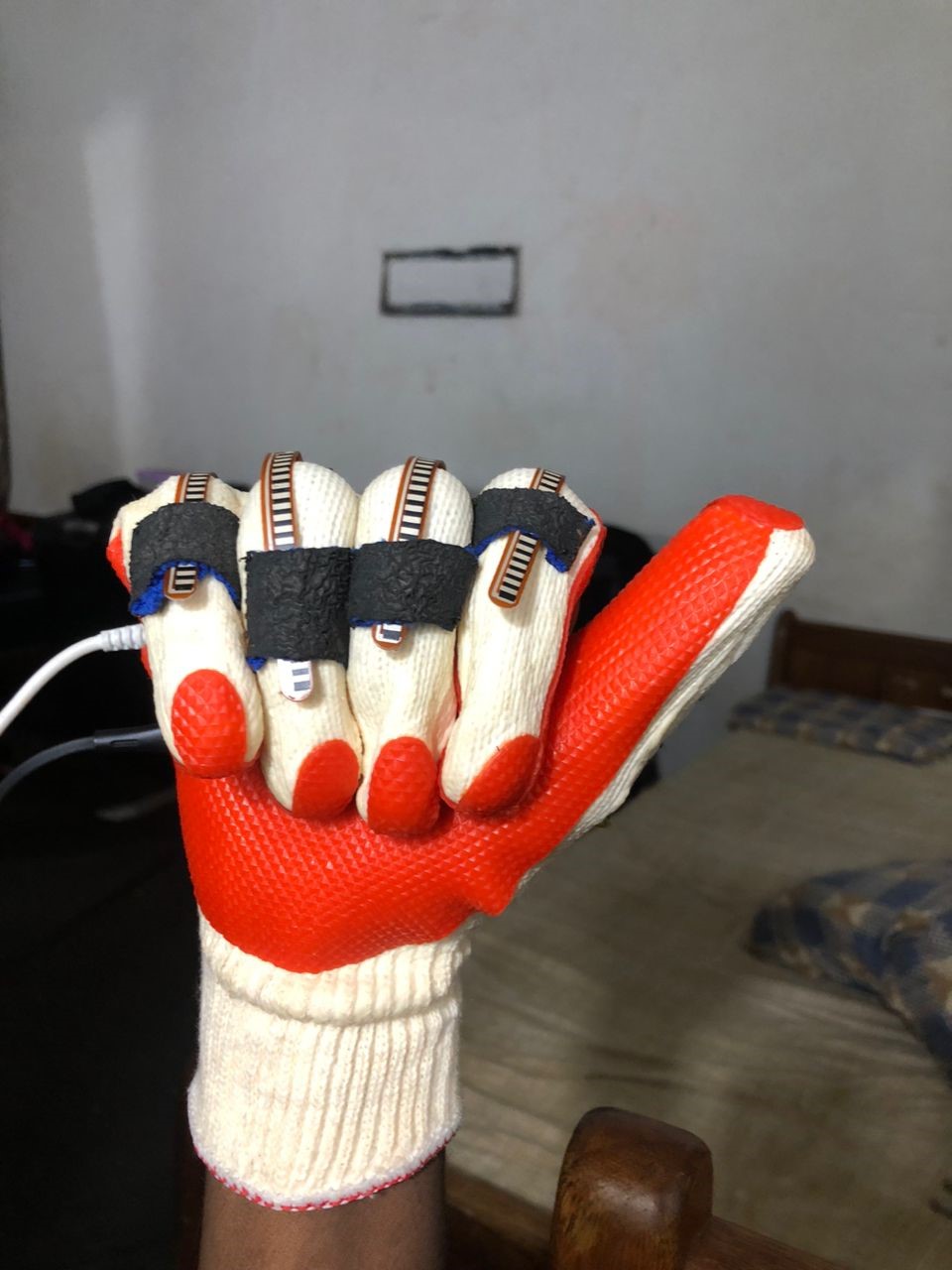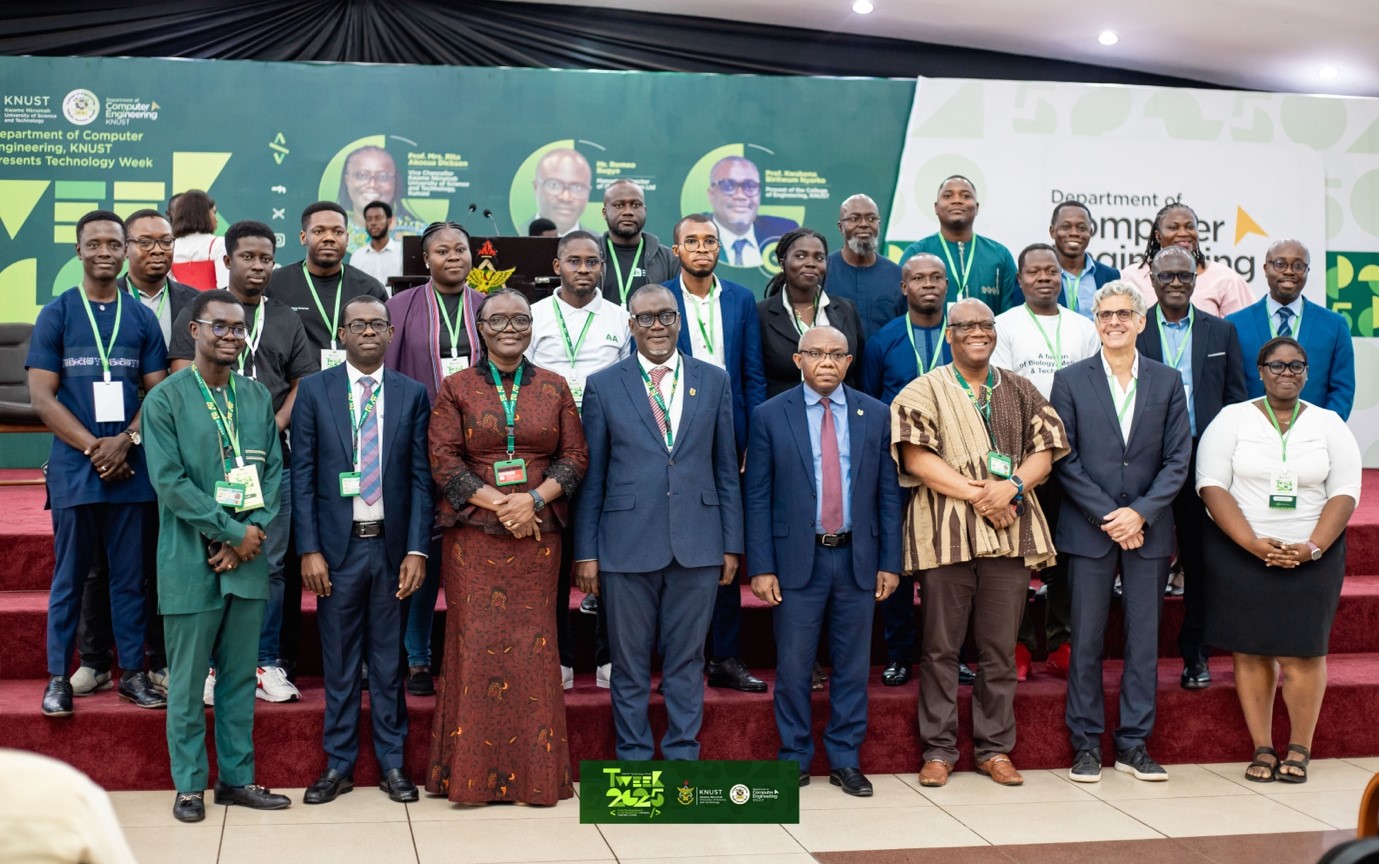A Sign Language Translation System developed by students at the Department of Computer Engineering could address a crucial communication gap for individuals with hearing and speech impairments at KNUST. With at least 0.023% of students relying on sign language, the system could offer real-time translation, fostering inclusivity and accessibility across campus. By reducing reliance on human interpreters, it ensures seamless interactions, enabling students with impairments to engage fully in academic and social environments, thus promoting a more inclusive and equitable learning community.

Their solution utilises flex sensors, accelerometers, and gyroscopes to detect hand gestures, which are translated into text using the k-Nearest Neighbors (kNN) algorithm. The translated text is then transmitted via Wi-Fi to a custom application for user display. By leveraging this innovative technology, the system aligns with Sustainable Development Goals 4 (Quality Education) and 10 (Reduced Inequalities), enhancing communication for individuals with hearing and speech impairments while promoting inclusivity and equitable access to education at KNUST.













